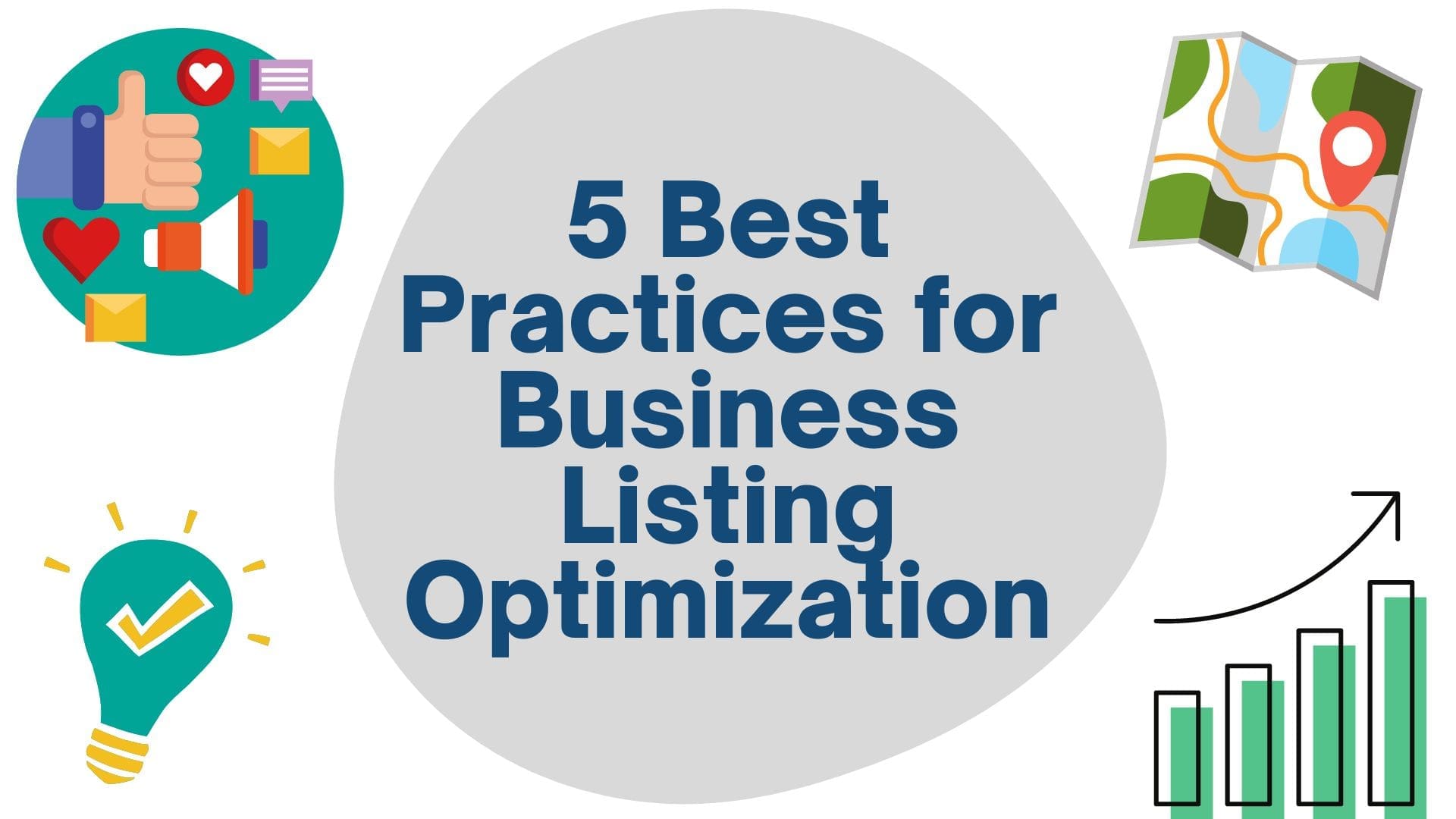
In today’s digital world, having an online presence for your small business is crucial for success. One of the key components of that presence is your business listing on various directories and platforms. Business listing optimization is the process of improving your business’s online presence and visibility by ensuring that your listings are accurate, consistent, and optimized for search engines. In this article, we will discuss the 5 best practices for business listing optimization and learn how to make the most of your online presence.
The first step in optimizing your business listing is to claim it on popular directories and platforms. Claiming your business ensures that you have control over the information displayed in your listing and helps increase your online visibility. Follow these steps to claim your business listings on popular directories:
Some popular directories to claim your business listing on include Google My Business, Yelp, and Bing Places. To streamline the process and easily manage your listings, consider using The SMB Hub’s Business Listing Builder.
Consistency in your business information is crucial for SEO and user experience. Search engines like Google use your business information to understand and rank your website. If your information is inconsistent, it can negatively impact your search engine rankings. To ensure consistency, follow these tips:
To easily manage and monitor your online presence, consider using The SMB Hub’s Business Dashboard.
Your business description plays a crucial role in attracting potential customers and improving your search engine rankings. Therefore, optimizing your description is vital for successful business listing optimization. Follow these best practices for writing an optimized business description:
For more tips on creating a compelling online presence, check out our article on 7 Tips for Creating a Small Business Website.
Visual content plays a significant role in your business listing’s effectiveness. Photos and videos help showcase your products, services, and brand, resulting in increased customer engagement and trust. To make the most of your visual content, adhere to these best practices:
Positive customer reviews can significantly boost your online reputation and visibility. They also play a crucial role in influencing customer decisions and improving your search engine rankings. Here are some tips for encouraging customers to leave reviews on your listings:
For more insights on improving your online presence, read our article on Local SEO for Small Businesses.
The 5 best practices for business listing optimization are claiming your business listings, keeping your information consistent, optimizing your business description, including photos and videos, and encouraging customer reviews. By following these best practices, you can significantly improve your online visibility, attract more potential customers, and ultimately, grow your small business. For more in-depth information on building a successful online presence, be sure to read our guide on How to Create a Successful Content Marketing Strategy for Your Small Business.
What is a business listing?
A business listing is an online profile that contains your business’s name, address, phone number, and other relevant information. It helps potential customers find your business and learn more about your products and services.
What are some popular business directories to list my business on?
Some popular business directories include Google My Business, Yelp, Bing Places, and Yellow Pages. Creating listings on these platforms can improve your online visibility and increase the likelihood of potential customers finding your business.
How do I claim my business listings on directories?
To claim your business listing on a directory, visit the directory’s website, search for your business, and look for an option to claim or verify your business. You may need to provide basic information, like your business name or phone number, to verify that you are the owner of the listing.
You must be logged in to post a comment.
